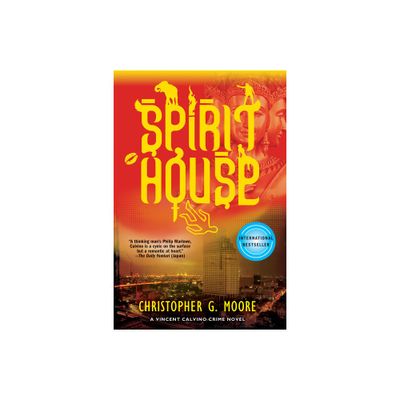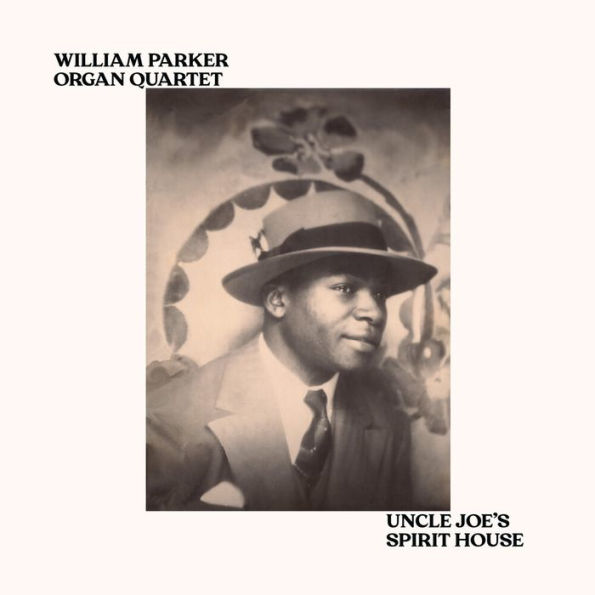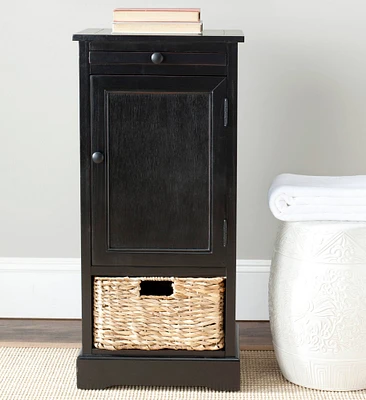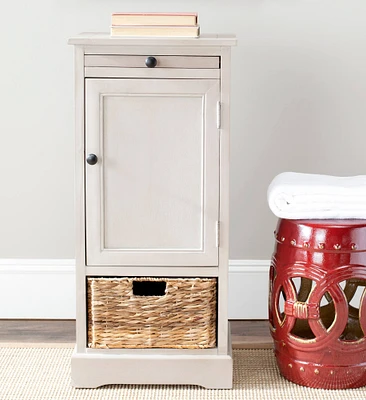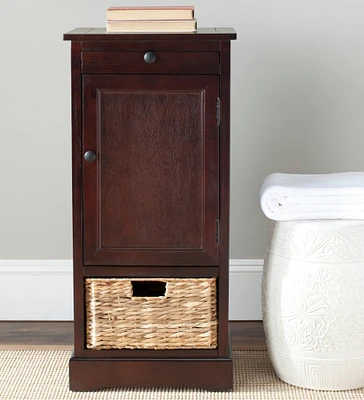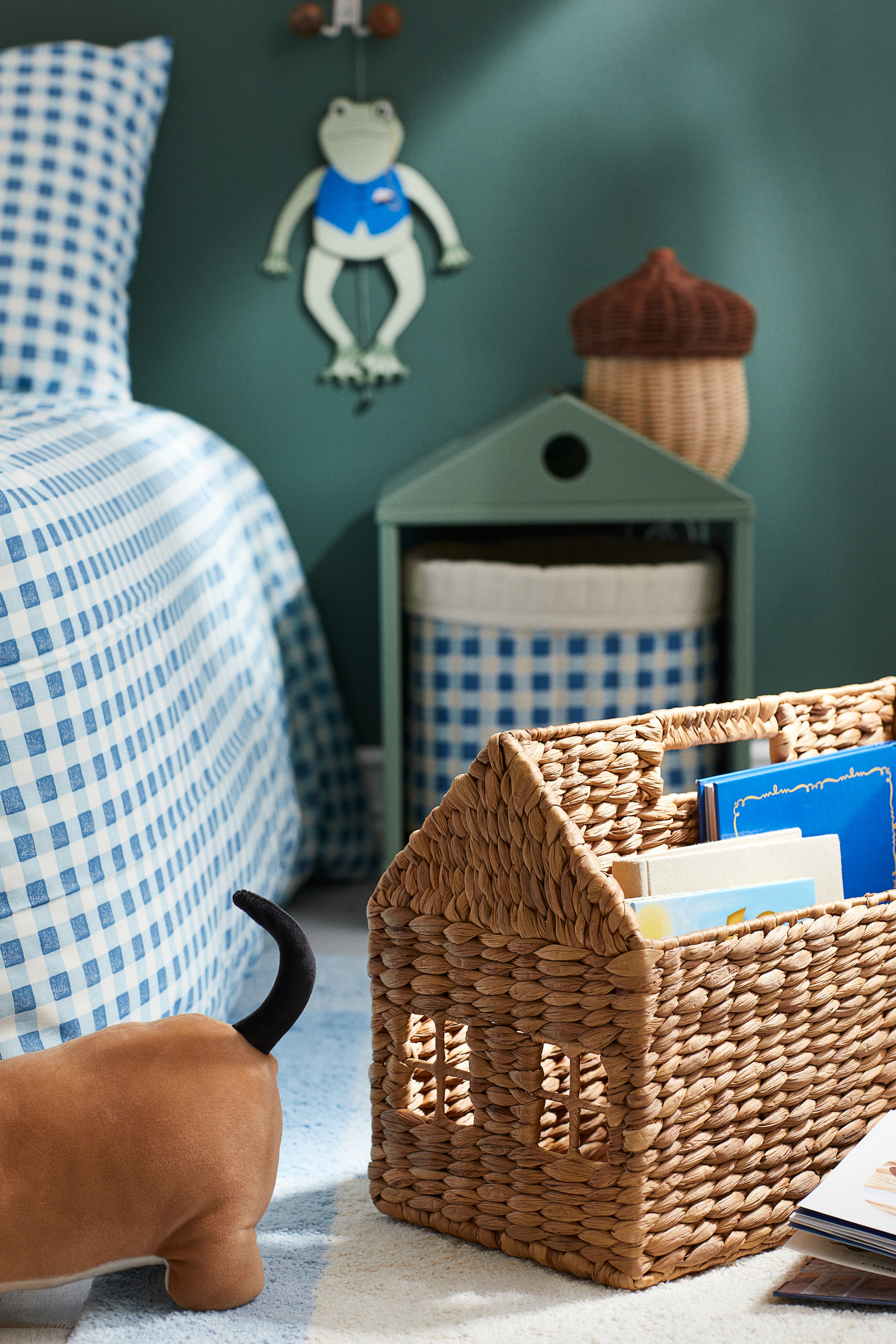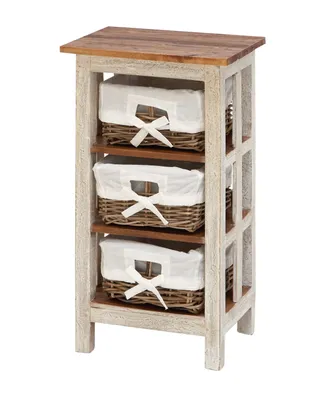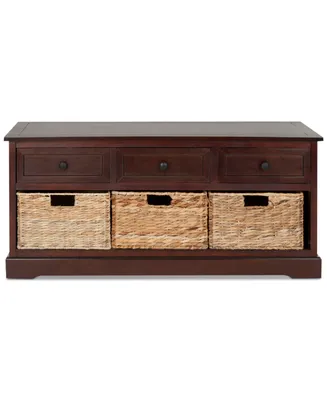Home
Storage Unit for the Spirit House
Loading Inventory...
Barnes and Noble
Storage Unit for the Spirit House
Current price: $17.95
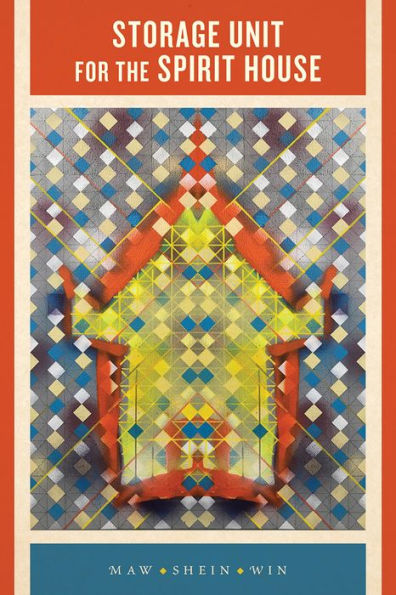

Barnes and Noble
Storage Unit for the Spirit House
Current price: $17.95
Loading Inventory...
Size: Paperback
*Product Information may vary - to confirm product availability, pricing, and additional information please contact Barnes and Noble
With sharp focus and startling language, the poems in Maw Shein Win’s second book,
Storage Unit for the Spirit House
, look through physical objects to glimpse the ephemeral, the material, and the immaterial. Vinyl records, felt wolverines, a belt used to punish children, pain pills, and “show dogs with bejeweled collars” crowd into Win’s real and imagined storage units.
Nats
, Buddhist animist deities from her family’s homeland of Burma, haunt the book’s six sections. The
nats
, spirits believed to have the power to influence everyday lives, inhabit the storage units and hover around objects while forgotten children sleep under Mylar blankets and daughters try to see through the haze of a father’s cigarette smoke.
Assemblages of both earthly and noncorporeal possessions throughout the collection become resonant and alive, and Win must summon “a circle of drums and copper bells” to appease the
who have moved into a long-ago family house. This careful curation of unlikely objects and images becomes an act of ritual collection that uses language to interrogate how pain in life can transform someone into a
nat
or a siren that lives on. Restrained lines request our imagination as we move with the poet through haunted spaces and the objects that inhabit them.
Storage Unit for the Spirit House
, look through physical objects to glimpse the ephemeral, the material, and the immaterial. Vinyl records, felt wolverines, a belt used to punish children, pain pills, and “show dogs with bejeweled collars” crowd into Win’s real and imagined storage units.
Nats
, Buddhist animist deities from her family’s homeland of Burma, haunt the book’s six sections. The
nats
, spirits believed to have the power to influence everyday lives, inhabit the storage units and hover around objects while forgotten children sleep under Mylar blankets and daughters try to see through the haze of a father’s cigarette smoke.
Assemblages of both earthly and noncorporeal possessions throughout the collection become resonant and alive, and Win must summon “a circle of drums and copper bells” to appease the
who have moved into a long-ago family house. This careful curation of unlikely objects and images becomes an act of ritual collection that uses language to interrogate how pain in life can transform someone into a
nat
or a siren that lives on. Restrained lines request our imagination as we move with the poet through haunted spaces and the objects that inhabit them.
